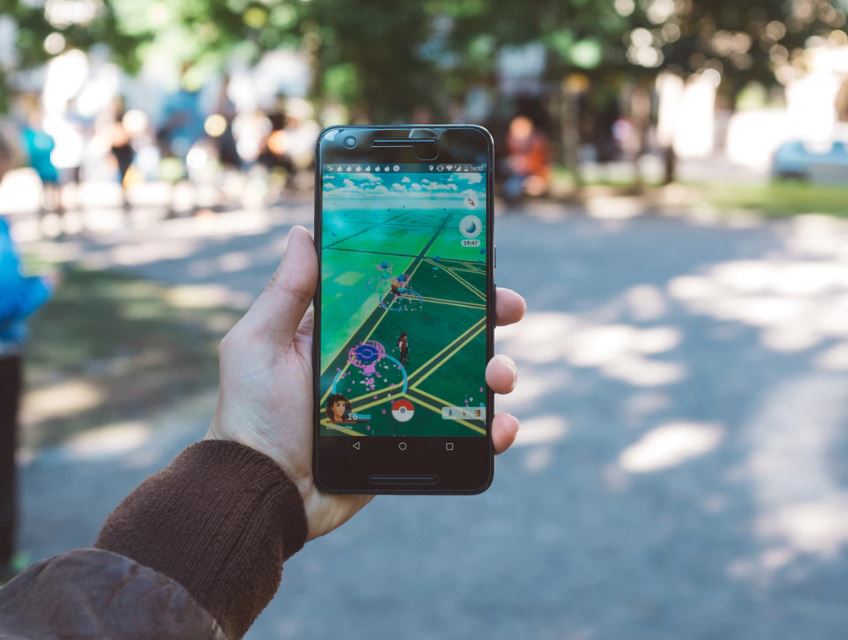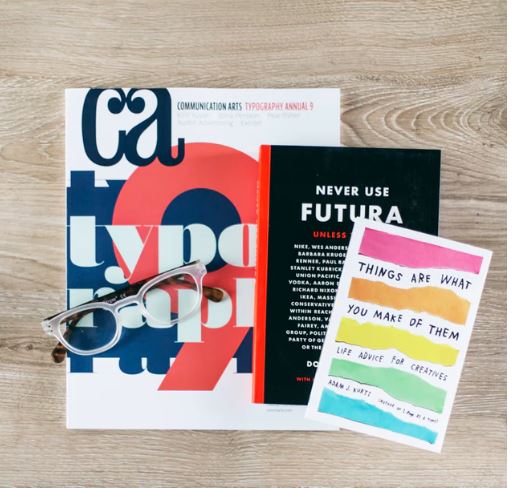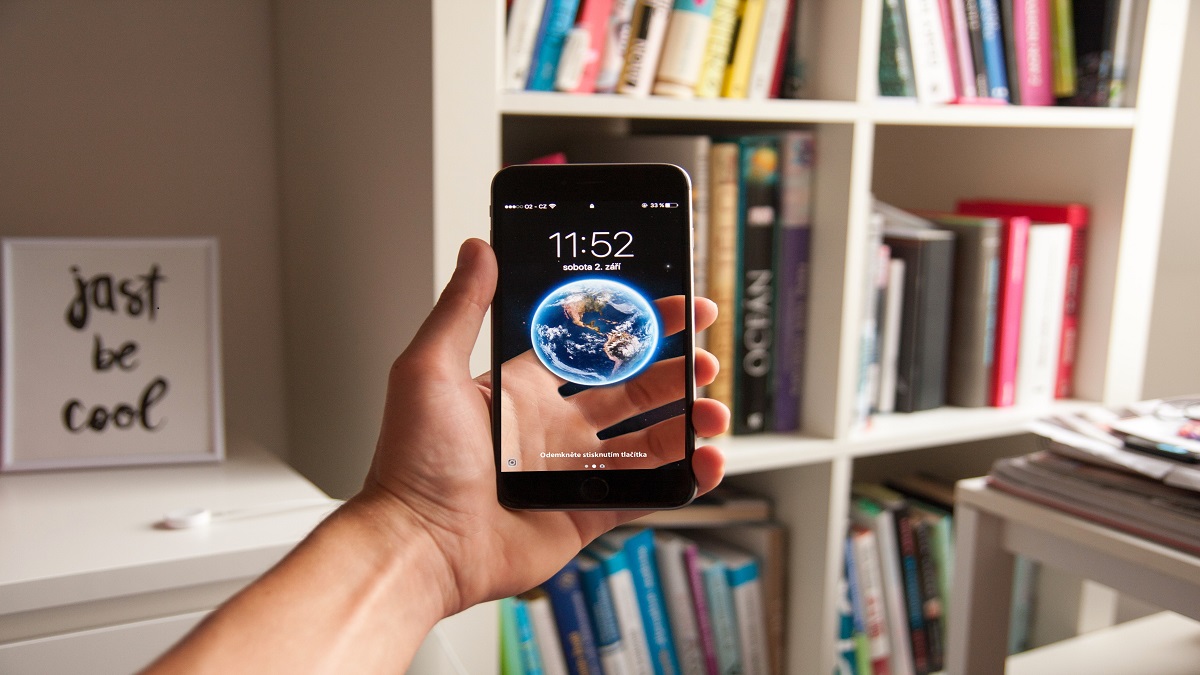Content marketing has led to a significant increase in online material.
QR codes were once seen as a way to connect your audience to your online content. As we invest more in visual materials, it creates a perfect opportunity for Augmented Reality (AR) applications.
From personal experience, it seems there is confusion on how to use this technology for marketing purposes.
This is what has motivated me to write this blog.
Having a well-executed online student experience is a necessity in today’s market. AR technology bridges the gap between your offline activities and your website.
What is Augmented Reality?
Digital materials are superimposed onto any physical object through Augmented Reality.
The history of AR goes back to the 1960s, with the original concept developed by Morton Heilig. At that time, Augmented Reality involved head-mounted displays hung from ceilings.
It is fair to say that since then, there have been many improvements in AR tech.
Through the years AR has experienced incremental developments. But, it was only in 2009 when a major breakthrough was achieved.
Hirokazu Kato invented the ‘ARToolKit’. Allowing graphics and other virtual media to be displayed on top of the physical world.
Recently, there have been significant changes in the AR industry.
From stand-alone applications, like Blippar, AR is now a growing area for Apple, Microsoft and Google.
The technology has even enabled gaming apps such as Pokemon Go, adding a whole new dimension to mobile gaming.

Augmented Reality in Content Marketing
The increase in content marketing has made the internet a noisy place.
It’s becoming even more difficult for your institution to get your message out there.
According to Forbes, the content marketing industry will be worth more than $400 billion by 2021.
Much of this content is discovered through social media.
Previously, relying on organic reach through these channels was enough. Now, it’s the equivalent of trying to hold a conversation in the SU on a Friday night.
The challenge for us is to ensure our content stands out above the rest. This is why visual content such as infographics, images and videos have become the new focus.
Engaging with students is not just about online experiences. Exhibitions, taster lectures etc. have many benefits for building student relations.
These create an opportunity for students to have meaningful conversations. It’s difficult to replicate the benefits of face-to-face interaction in the digital realm.
This, in my opinion, is where Augmented Reality comes into its own.
Rather than your investment staying online, lost amongst the noise, AR enables you to directly connect your students with your digital content in the physical world.
The use of mobile devices is on the increase. 63.4% of consumers now use smartphones and tablets to view content on the web. AR is an immersive mobile experience. Changing how the user engages with our material.
Implementing Augmented Reality into your Marketing
At this point, I would like to add that I do not see AR as an alternative to your current content marketing efforts.
It’s about creating an opportunity to expand the reach of your content. Your digital material is an investment. This is about increasing its traction.
Whether your strategic objectives are to increase student applications, encourage newsletter sign-ups, or incentivise collaborations, here are 3 practical applications for using AR:
1. Conference and exhibition banners

Exhibitions and Open Days are a great way to engage with prospective students.
Institutions hosting their own booth usually invest in printed literature, such as banners or points of sale.
This is where AR can take these marketing elements to a whole new level!
For those who have a responsive site, AR can link a student to a course landing page. Highlighting any video content, student reviews or even virtual tours of facilities.
For those with Alumni stores, you can link to the relevant pages meaning purchases can be made through your banners.
2. Videos and reviews in your prospectus or brochure

Brochures and prospectuses can be in a variety of forms.
Depending on the purpose of the material, these can be generic or course-specific.
Although many students and parents may prefer a hard copy, AR technology can even work with PDF documents on-screen.
News, reviews and testimonies don’t have to stay on your website. AR enables you to connect your printed material to your online content
Imagine students being able to play testimony videos from student profile pages.
Course information videos instantly playing on course pages.
Even starting a virtual tour from just a scan of a page within your prospectus.
3. Leveraging business cards to increase your social media and email

Business cards are still something that many academics like to use.
Yet, this is the 21st Century. It’s time the business card received an upgrade. After all, long gone have the days when we only had email, telephone and a postal address to contact one another.
Social media, emails and newsletters are a big part of content promotion.
The challenge for all social media platforms and email distribution is growing the audience. Especially under the General Data Protection Regulations (GDPR).
Using AR technology, you can create direct links to your social media profiles and sign-up pages for your newsletters from your business cards.
You can even add talking head videos to explain more about your research and collaborative opportunities.
Share your thoughts
Have I been able to convince you of the applications for Augmented Reality? Have you seen any other interesting applications of AR? Let me know in the comments below, send me a tweet @CJPanteny, or get in touch.
And if you liked this blog, don’t forget to share it on your socials and bask in its ranty goodness.
See you next time.
